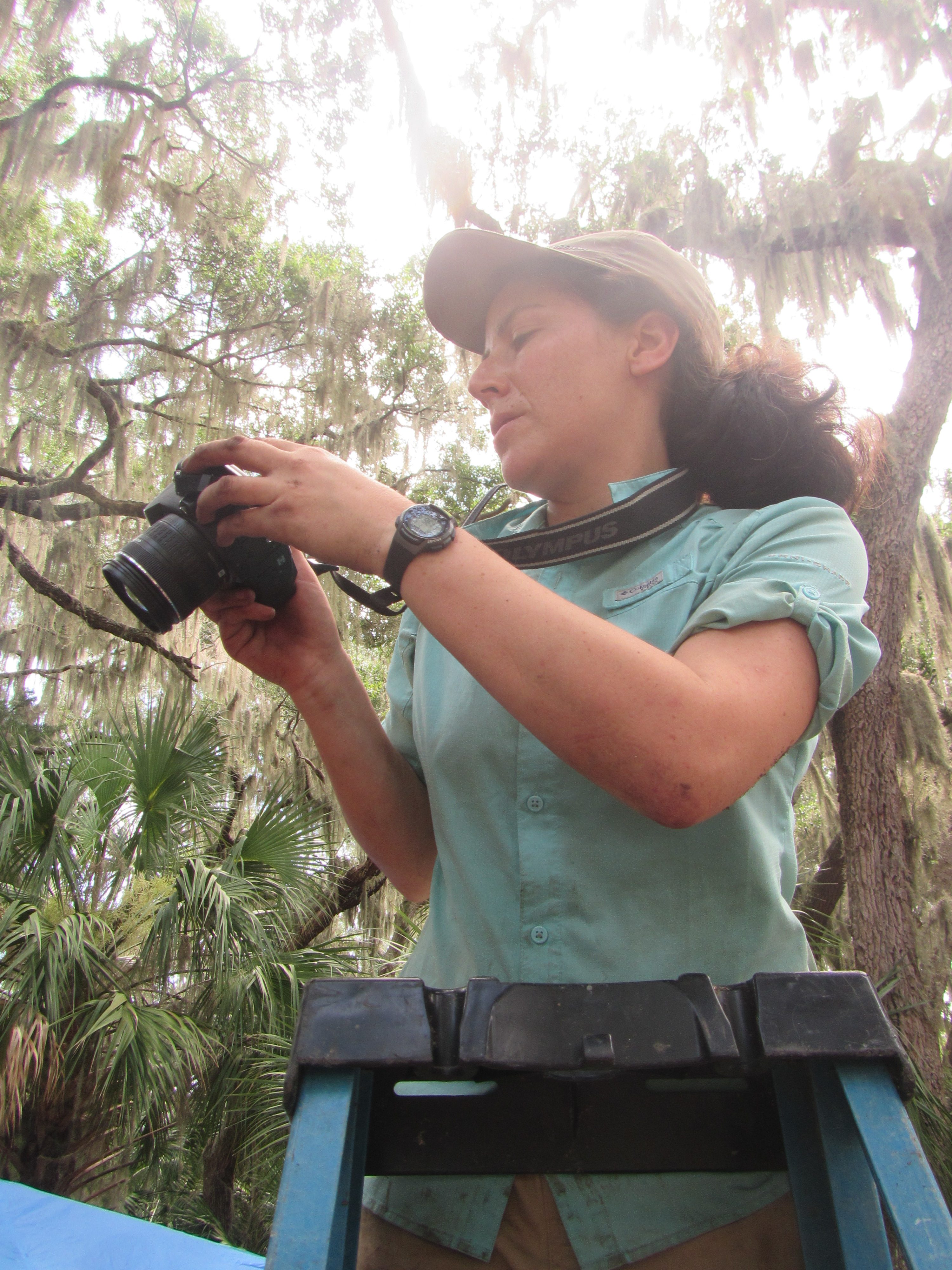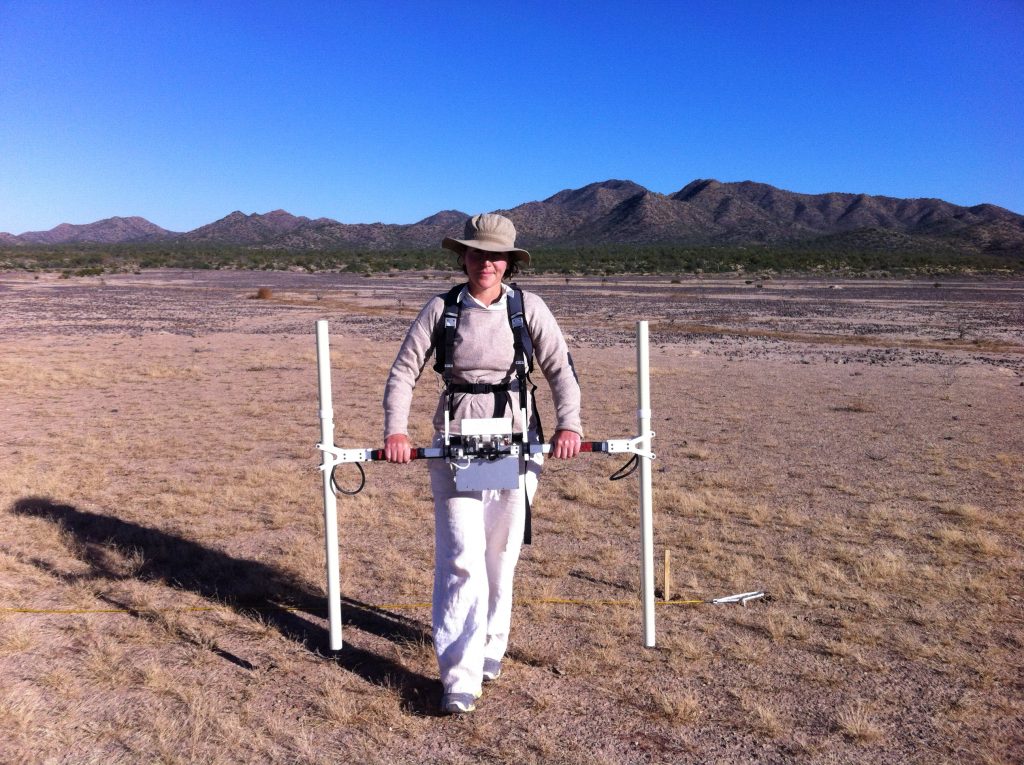May 15, 2023

To celebrate our 2023 Grant recipients, we will be spotlighting each of our winners in news stories on the AIA website. We have reached out to our winners to learn about their projects and about their experiences in archaeology. We’re excited for you to meet our Julie Herzig Desnick Grant recipient Rachel Cajigas.
Julie Herzig Desnick Grant Recipient: Rachel Cajigas (she/her); The University of Alabama
What is your grant project about?
I will be conducting an archaeological and geophysical survey at the Creighton Island Shell Ring (Georgia, USA). Shell rings are large, hollow, circular constructions of marine shell and refuse that were constructed in coastal regions of the southeastern United States primarily during the Late Archaic period (3000-1000 B.C.). This research will help archaeologists characterize environmental changes in this back-barrier island setting, including late Holocene erosion and sea-level change, as well as landscape use over time.
How did you get your start in archaeology?
I was accepted for an internship in the North American Archaeology lab at the American Museum of Natural History in New York. Through the internship program, I participated in fieldwork on St. Catherines Island in Georgia and worked in the archaeology lab at the American Museum. I strengthened my excavation skills and learned about shallow geophysical prospection for archaeology (which I use in my research today!) and was eventually hired as the archaeology internship coordinator.
Where in the world has archaeology brought you (fieldwork, research, conference travel, etc.)?
Archaeological fieldwork and research (but more accurately: my incredible colleagues and collaborators in the discipline) have brought me all over the United States, England, Mexico, Switzerland, Germany, Costa Rica, Guatemala, and the British Virgin Islands. I was also in Spain and Portugal earlier this year for an archaeology conference.
What is one of the most memorable things that has happened to you in the field?
One of my first jobs in archaeology was working for the Office of the Chief Medical Examiner in NYC for the 9/11 World Trade Center Recovery Project. I was one of about twenty archaeological technicians screening through architectural debris from the 9/11 terrorist attack to recover human remains. On a handful of occasions, family members of the victims would visit the screening facility. It was incredibly sad, and a powerful reminder of how archaeology can have relevance and impacts in contemporary society.
How has the AIA contributed to your success/professional goals?
Funding from the AIA will support my research on landscape use and environmental change during the Late Archaic period in coastal Georgia. This funding will support fieldwork and student training in archaeological survey including methods of shallow geophysical prospection, which allow archaeologists to detect features below the ground surface without relying solely on invasive excavation techniques.

Learn more about grant opportunities available through the AIA or reach out to our Director of Programs, Meredith Langlitz, at mlanglitz@archaeological.org.
Photos of Rachel Cajigas courtesy of Anna Semon & Elliot Blair